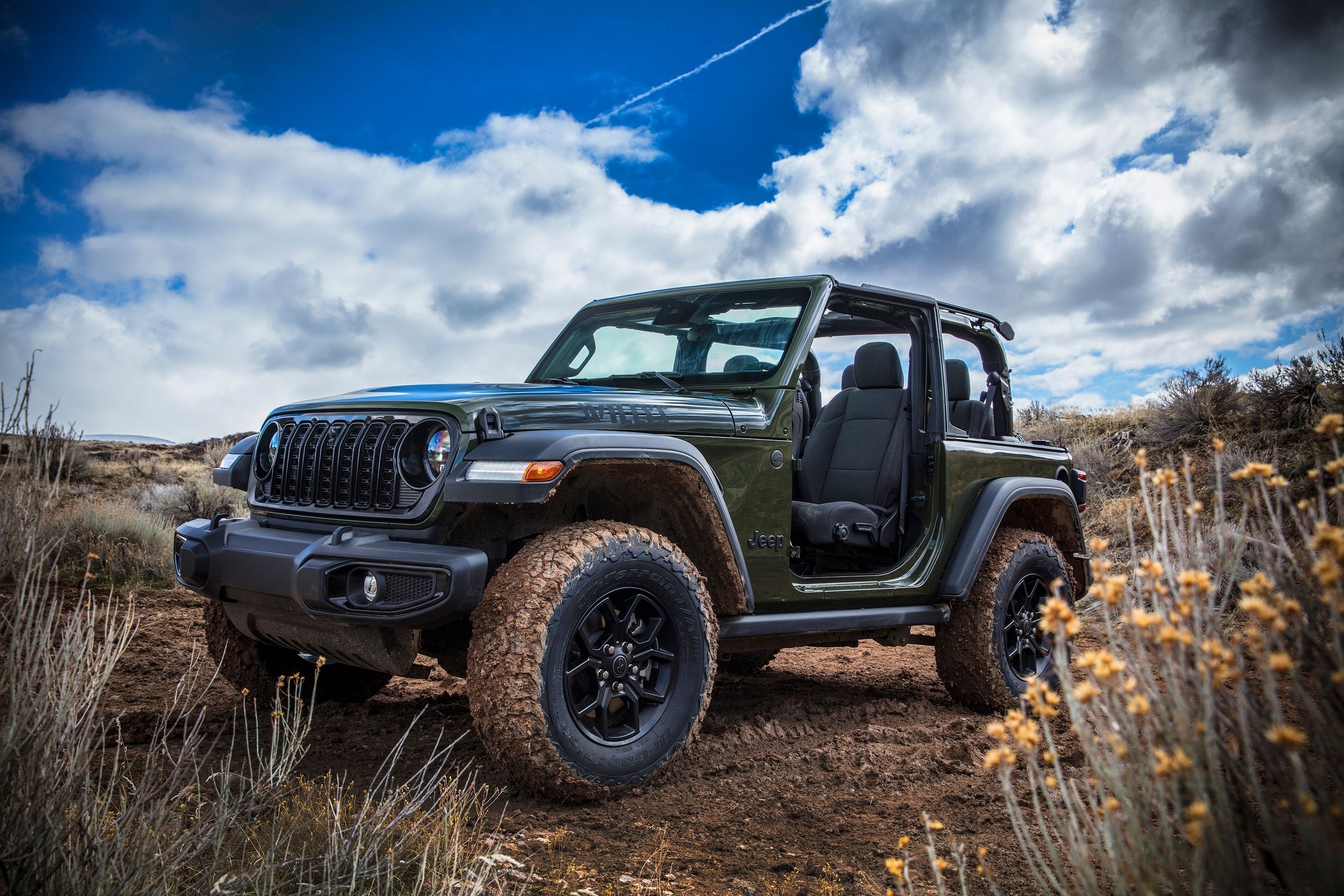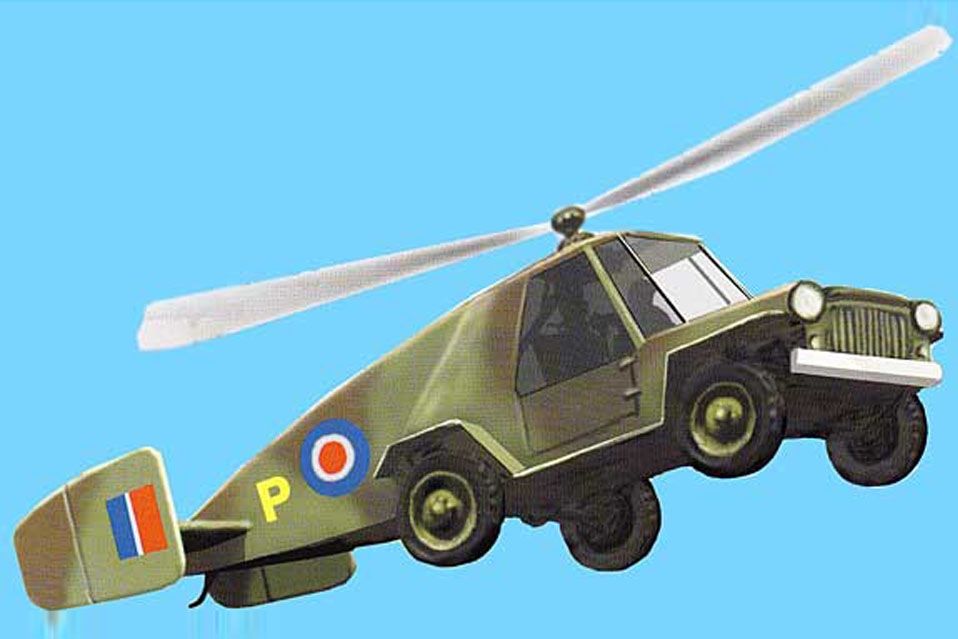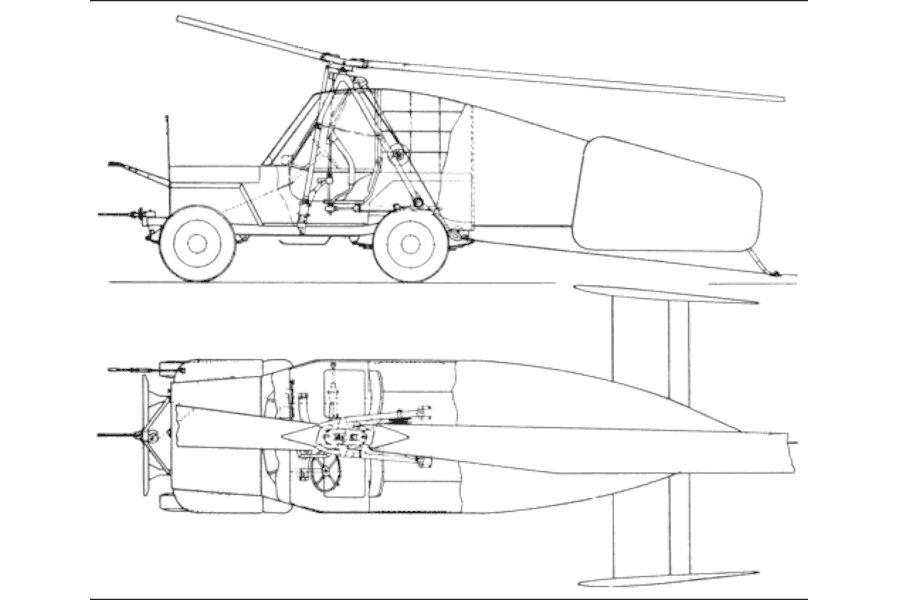
The Jeep Wrangler as we know it today is a great descendant of the World War II Willys Jeeps used by military personnel. But did you know that military engineers actively worked on a flying Jeep? And no, it was nothing like the modern concept of flying cars, either.
The premise was simple - paratroopers became an integral element of the war for Allied troops, but after dropping in behind enemy lines, they didn't have access to vehicles. There weren't always airstrips nearby to which vehicles could be delivered by cargo planes, and the scarcity of the silk needed for parachutes prohibited vehicles from being 'chuted in.
So the British Air Ministry got Raoul Hafner involved, an engineer who was tasked with developing the Rotachute - a single-seat glider with an autogyro rotor that could slow a vehicle's fall through the air.
Hafner then combined the Rotachute with a Willys Jeep, resulting in the Rotabuggy.
Work began in 1943, with Dafner aiming to combine the concept of a gyroplane with a 4x4 Willys Truck. The conversion process involved equipping twin rotor blades with a 47-foot diameter and giving the truck a tail rudder and two stabilizers that looked like they were taken off the rear end of an airplane.
Doors were constructed from lightweight acrylic to protect the occupants.
The prototype you see below wore a camo paint job and the cockade of the Royal Air Force, while the P designation indicated it was a British air force prototype. The other picture below is a replica housed at the Army Flying Museum.
The converted machine weighed 3,111 lbs, of which 2,090 belonged to the donor Jeep, with the remaining amount split between the rotor itself and the fuselage.
Perhaps one of the most outrageous details of the Rotabuggy was its maximum permissible speed of 149.75 mph. To take off and land, it needed to travel at 36 mph - which on landing made it as smooth as it could possibly be. As for how it would reach its destination before it landed, it obviously didn't carry a massive amount of fuel, so flying vast distances wasn't an option.
Instead, the Rotabuggy was to be towed behind an aircraft and then dropped, where it would glide down to its landing point. It was engineered to withstand hard landings too, for instance, if a plane flew low and had to drop its payload without the space to get the full glide effect going.
In testing, it was dropped from nearly eight feet with no issues, and it was towed behind a truck at speeds of up to 45 mph while gliding.
Ultimately, the flying Jeep concept never materialized in war, as gliders were developed instead that could transport heavy vehicles, which proved to be a more effective concept.


